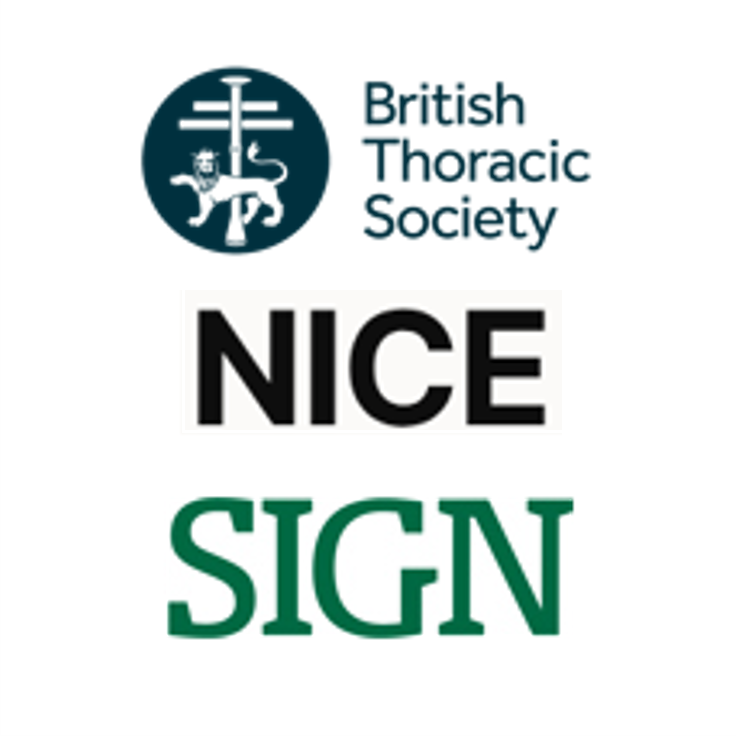Why the committee made the recommendation
Evidence was available for 5 treatment options: SABA alone used as needed; regular ICS plus SABA as needed; SABA/ICS combination inhaler used as needed; regular SABA/ICS combination inhaler; and regular montelukast. The evidence did not encompass all possible comparisons of the 5 options, but overall, those that included the use of an ICS clearly showed greater benefits than those without an ICS, and regular ICS (either ICS alone or ICS/SABA) was superior to intermittent ICS/SABA. The most important benefits of regular ICS were seen in reducing exacerbations or hospital admissions. There was no advantage to using regular ICS/SABA instead of regular ICS alone.
In making recommendations for this age group, the committee took into account the difficulty of making a firm diagnosis of asthma. Episodes of cough and wheezing can occur with recurrent viral infections and be difficult to distinguish from asthma, and there are concerns about treating young children with long-term ICS when they may not need them.
The committee were aware of evidence outside the review of diagnostic tests showing that asthma is more likely than recurrent viral wheeze when the episodes are frequent or severe, when they occur in the absence of other signs of viral illness and when the child shows other evidence of atopy. They made recommendations on the staged introduction of ICS as part of the diagnostic process in infants. They agreed that young children with recurrent wheeze and features suggesting asthma should be treated empirically with a low dose of ICS for 8 to 12 weeks, and then this can be stopped. If symptoms soon re-appear after stopping ICS, this suggests that the ICS was beneficial rather than the improvement being due to the natural remission of a viral episode. Once the presence of asthma is established with reasonable certainty the committee agreed that regular paediatric low-dose ICS should be restarted, with subsequent steps added if needed.
As diagnosis in this age group is so difficult, the committee agreed that thresholds for referral to an asthma specialist should be low.
How the recommendation might affect practice
The recommendations for treatment of newly diagnosed asthma in children are in line with current NICE recommendations.
Full details of the evidence and the committee’s discussion are in evidence review P: drug classes for initial asthma management.
